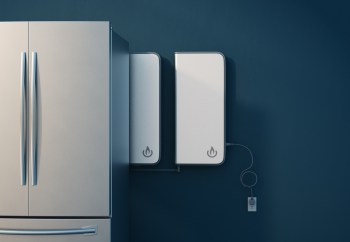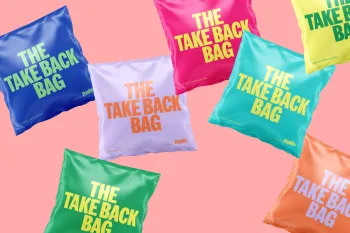Exposure to perfluoroalkyl and polyfluoroalkyl substances, known as PFAS, via drinking water before birth could lead to an increased risk of childhood cancers.
What's happening?
UC Irvine News reported on a recent study led by the Joe C. Wen School of Population & Public Health at the University of California, Irvine, that showed possible links between prenatal PFAS exposure and certain childhood cancers.
PFAS, commonly known as "forever chemicals," have been widely used in household products for decades and are linked to various health risks.
UC Irvine researchers analyzed data from 29,974 healthy children up to the age of 15 and 10,220 children who were diagnosed with cancer, according to the News. To estimate maternal PFAS levels, researchers used the mother's address at birth and data collected by an EPA program monitoring PFAS contamination in drinking water.
Researchers found a possible link between higher levels of two types of PFAS and certain childhood cancers, like acute myeloid leukemia and Wilms tumors.
Why is PFAS exposure concerning?
Introduced commercially in Teflon by DuPont in 1946, PFAS are now used in hundreds of everyday products, from non-stick pans to stain-resistant fabrics. Scientists have identified more than 14,000 of these synthetic chemicals, according to the Centers for Disease Control and Prevention, based on EPA data.
Watch now: Could this concentrate replace all the toxic cleaning chemicals in your home?
PFAS have earned the infamous "forever chemical" nickname because they are nearly indestructible and can accumulate in the human body and environment, including in drinking water.
Experts have linked PFAS chemicals to a slew of health risks like cancers, reproductive issues, low birth weights, increased cholesterol, and weight gain. These linkages are still being researched.
A study in Sweden found that PFAS exposure may weaken children's immune systems.
What's being done about PFAS?
The EPA has instituted standards for drinking water and rolled out a national PFAS testing strategy.
TCD Picks » Upway Spotlight

|
Do you worry about having toxic forever chemicals in your home?
Click your choice to see results and speak your mind. |
The UC Irvine study proves the importance of monitoring and regulation.
"Further studies are needed to confirm and better understand these associations, but this research underscores the importance of clean drinking water and continued regulatory efforts to protect public health," said Natalie Binczewski, an author of the study, per UC Irvine News.
Researchers are also developing methods to filter drinking water using UV light to break down PFAS.
Avoiding household products that contain PFAS can help to minimize your exposure.
You can start by replacing nonstick cookware with cast iron or stainless steel. Scratched non-stick coatings are especially dangerous, and you should not cook in scratched pans. Research has shown cooking at home can reduce PFAS exposure because takeout containers often contain these chemicals.
Consider limiting the use of stain or water-resistant clothing, upholstery, carpets, and rugs. Look for brands that are labeled PFAS-free.
"While these results do not confirm that PFAS exposure directly causes childhood cancers, they add to a growing body of evidence highlighting potential health risks," Binczewski said further, per the News.
Join our free newsletter for easy tips to save more and waste less, and don't miss this cool list of easy ways to help yourself while helping the planet.


















